Since the National Health Service was created in the UK in 1948, it has kept its patients informed with the use of printed mail or print and post (by that of course we mean letters!). Be it for appointment letters, reminders, test results or important medical information, mail has been a vital tool of communication for keeping patients engaged, informed and up-to-date.
Although the NHS has evolved over time to incorporate advances in technology, such as the addition of text messages, the internet and TV, the letter has remained a staple communication solution, that is continually utilised across the health sector. This is partly due to the multichannel approach now required to engage patients but also the impression and importance a letter facilitates.
But why does the letter remain so important? And how can a simple letter be so powerful in such an important sector?
One of the NHS's biggest tasks is increasing patient engagement. A lack of patient engagement can be for a number of reasons, including; low health literacy, lack of trust, personal anxieties and socioeconomic factors, such as location.
However, this is a hurdle that must be overcome, as increasing engagement is essential not only for NHS targets but also for patient welfare. High levels of engagement has the potential to improve health outcomes, reduce no-show rates (which can prove costly), improve satisfaction with the care experience, increase productivity and allows aftercare and follow-ups to be managed appropriately.
Mail has proven over and over again that it is the perfect tool to do this. A Market Reach study showed that in 2022 alone, a single letter from the NHS was not only read by 100% of people, but was actually interacted with 5 times, and 32% of recipients discussed it within the home. Letters drive this engagement and subsequently response rates, helping NHS organisations meet targets and care for individuals in need.
The NHS ‘brand’ is instantly recognisable, from the colour blue to its logo, when interacting with communication from the NHS patients instantly recognise which organisation they are engaging with. And this recognition is carried through to the letter.
From their signature blue envelope or branded strapline and logo envelopes posted communications are instantly recognisable from the moment they land on a doorstep. They also often have the words ‘important’ or ‘appointment information inside’ written on them, so it’s clear to the recipient what the mailing is related to.
By immediately capturing the attention of the recipient, these branded envelopes encourage recipients to open and interact with the documents, which is one of many examples of how mail can help increase open rates from patients.
With the NHS communicating some of the most important messages to the population, using a trustworthy means of communication is vital. Messages need to be understood, acted upon and engaged with and ultimately this comes down to how important the recipients deem that communication channel to be.
For example, the average person receives 3.5 letters per week (Royal Mail, 2019), however, will receive a whopping 100 emails a day. Because letters are less frequent and more personal, they tend to signify importance, resulting in higher engagement and response rates, due to it being something they deem as important.
This is further supported by a Market Reach study (2020) which found that 87% of people trust mail and consider it believable.
The NHS has a requirement to engage with a vast range of people and ages. No one message is the same, and no one recipient is the same so utilising a communication channel that is valuable to both the NHS organisation and the individual is important.
The power of the letter, or print and post, offers just this as the channel is able to reach all demographics at any one time. This will not only make the process more streamlined when producing these communications but will also save valuable time and money when doing so.
Letters are one of the only tools to universally reach all age demographics. Not only does it evoke trust in the older generation, but it also grabs the attention of the younger generation. A DMA study showed that 17–34-year-olds have the highest rate of those who responded to mail, of all ages. The letter, therefore, becomes the staple for reaching all types of patients.
Many audiences within the health sector are hard to reach and even harder to influence. Some of these audiences include:
Those who receive social support
Those with limited mobility
People who don’t use the internet
The older part of the population
People in non-easily accessible areas
Those who feel under-represented
Mail is the ideal solution to target these groups because it can be sent directly to them, at no inconvenience to themselves, as it doesn’t require them to leave their homes or spend any money to receive these communications. It can be used to send various forms of communications, to a wide range of locations, in different formats and at any time.
For the NHS, security is vital. With sensitive patient information being shared daily, practices must ensure that all information remains secure and protected at all costs. To support this, the NHS has their Data Security and Protection Toolkit in place and other supporting frameworks, to ensure that patient data remains safe at all times, across all NHS suppliers.
Letters are an effective way in managing security because they are at lower risk of data breaches. With over 2,200 cyber-attacks a day, sending appointment letters and results via email would be considered too risky, whereas mail has a much lower chance of being intercepted.
One of the benefits of letters, that most people might over-see, is the fact that they are portable.
Often, the information included in a letter is important and will need to be referred back to by the patient, perhaps for a date, time, and which ward to go to for a hospital appointment. Having this information readily available in the lead-up to, and on the day, can reduce stress for patients and also limit the chances of error, like missing the appointment or going to the wrong place.
It’s also beneficial for parents and carers, as they can ensure they have the documentation on them so that the person they are assisting can make their appointment.
The NHS is under constant pressure, from increasing patient cohorts, to having to do more for less and manage seasonal spikes. Although letters can offer support in these areas, NHS organisations may still find themselves needing extra support in producing, sending and managing the print and post element of their organisation. With a requirement to send ad-hoc communications, bulk mailings and seasonal campaigns, all with personalisation, how do NHS organisations do this at scale?
Hybrid mail solutions offer NHS organisations the opportunity to send their important communications, in just a few clicks. Removing the in-house processes to produce, print, enclose and post letters, users can upload their mailing and data list, where the supplier will then manage the creation and sending of these documents.
Services like Docmail hybrid mail, which is designed specifically with the NHS in mind, also offer valuable savings in time and money, has clinical system integration, print profiles to speed up the process even further and are compatible with Choose and Book systems.
For larger health organisations like NHS trusts, solutions such as document management output systems and managed services can provide trusts with the opportunity to effectively manage all of their important communications with a trusted supplier.
To find out more about how CFH can help support your health sector organisation:
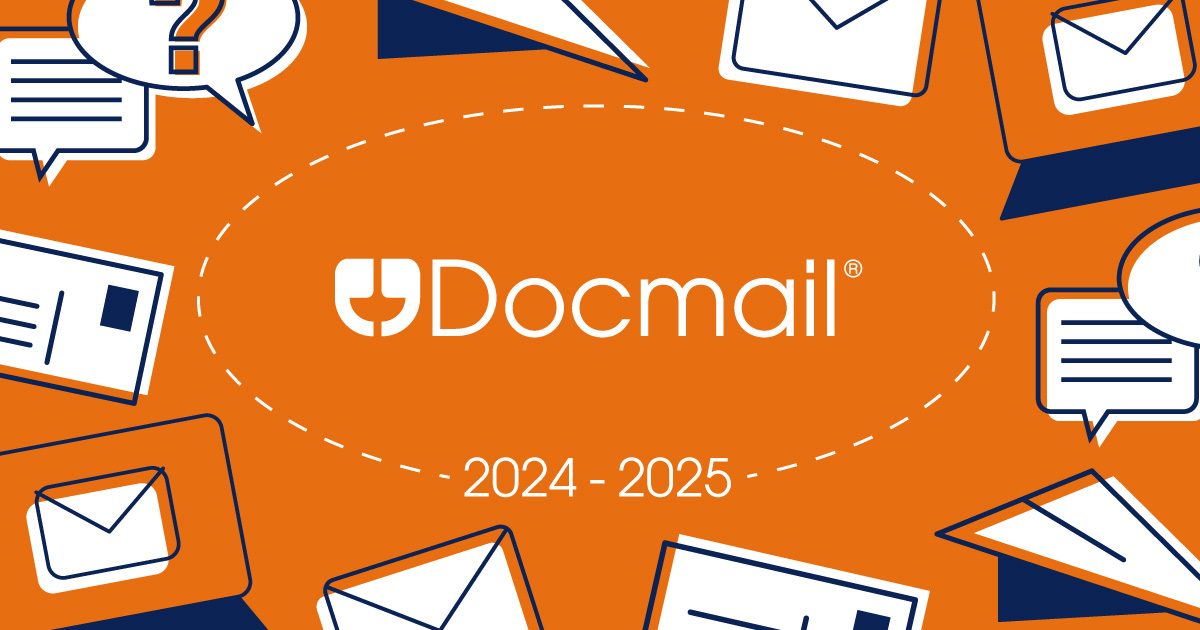
Structured Credit Communications For Leading Agri-Food Organisation
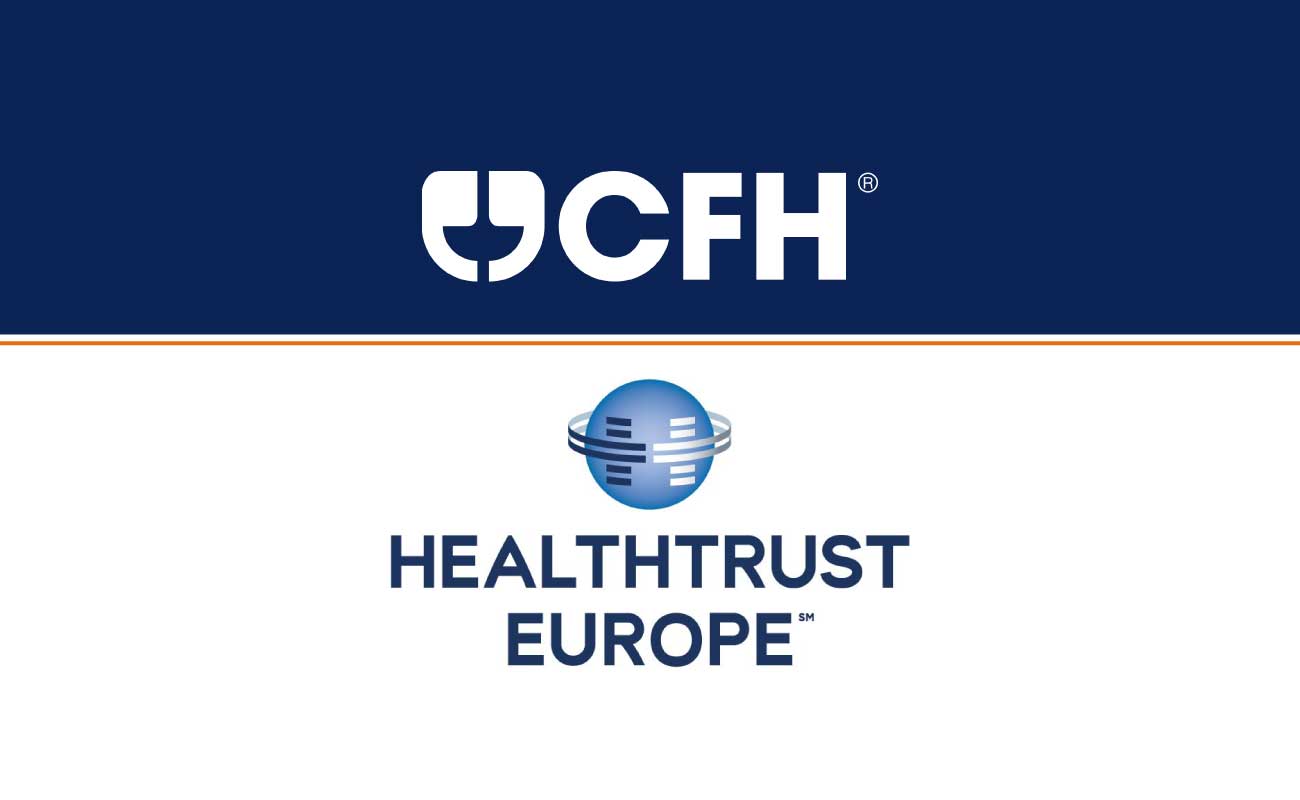
Surrey County Council Sought to Optimize Print/Post Services Across Departments. We Helped Transform Their Services With Our Industry Expertise.
The block management software providers at Blocks Online experienced considerable growth upon integrating a reliable mailing method and API connection.
Transitioning to new postal options gave Croydon Health Services NHS Trust more flexibility in how they communicate with their patients.
Keen to adopt a more efficient way of printing, packing and posting their time-sensitive paper communications, High Mill has embraced the Docmail Print Driver.
Simplified Patient Communication For Lung Health Check Programme



Looking to streamline the process of sending crucial patient communications, CFH ensure accuracy and timeliness of delivery for LLR Patient Care Locally.



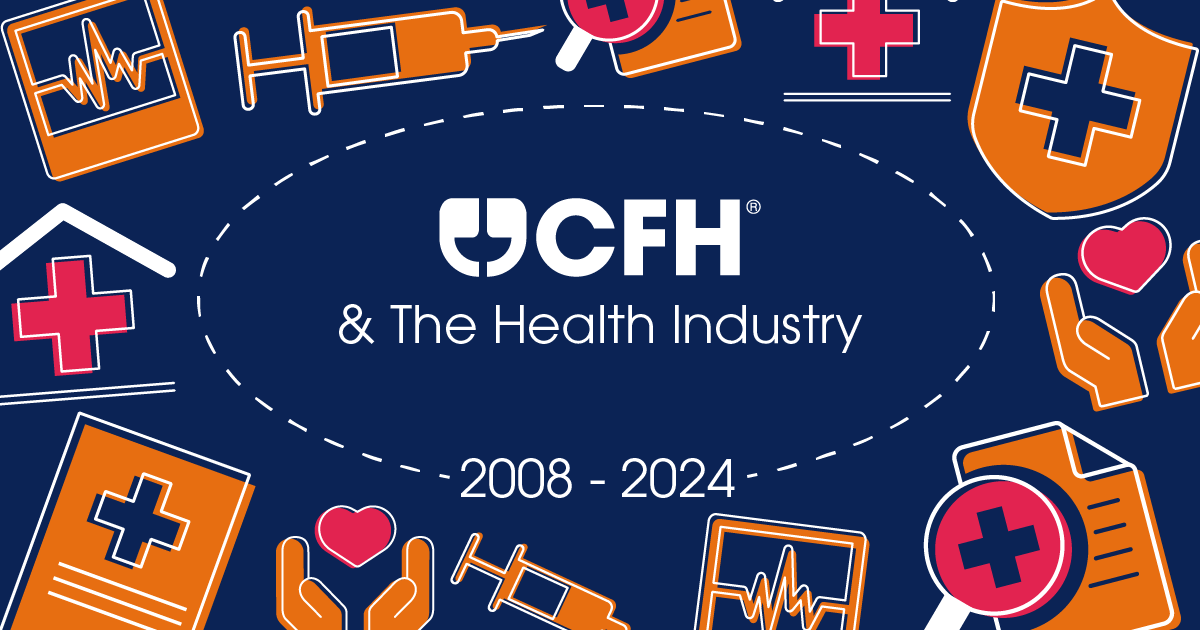
Fife-based Electricity Asset Services, specializing in electrical and civil engineering, employs CFH's Docmail system for improved communication with Scottish Power and staff.

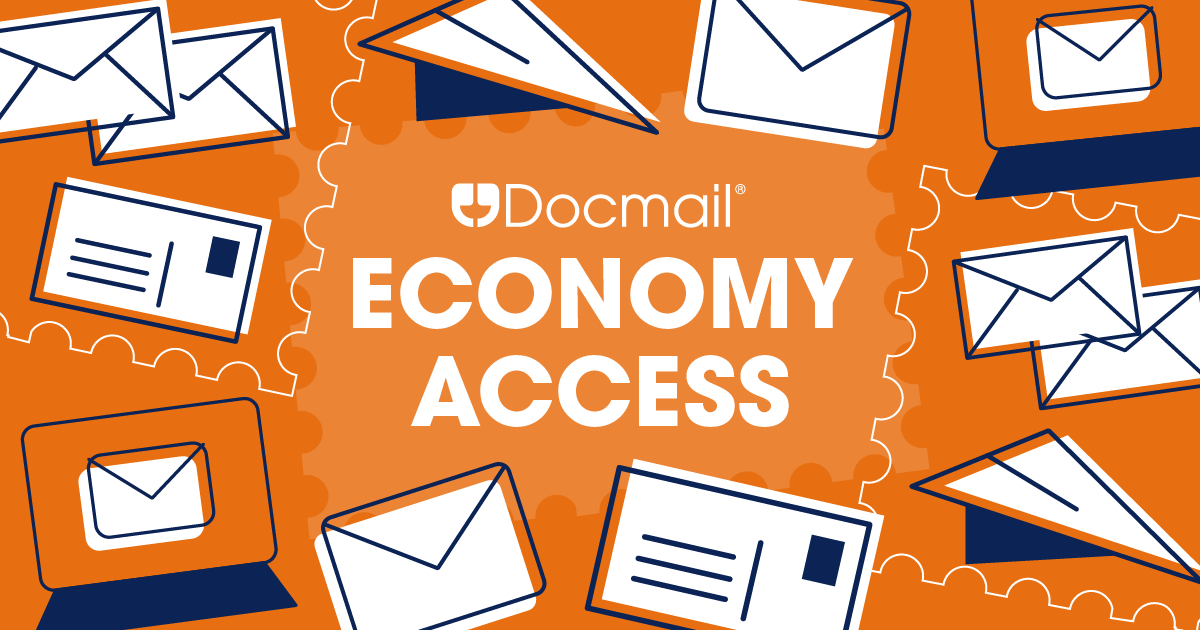


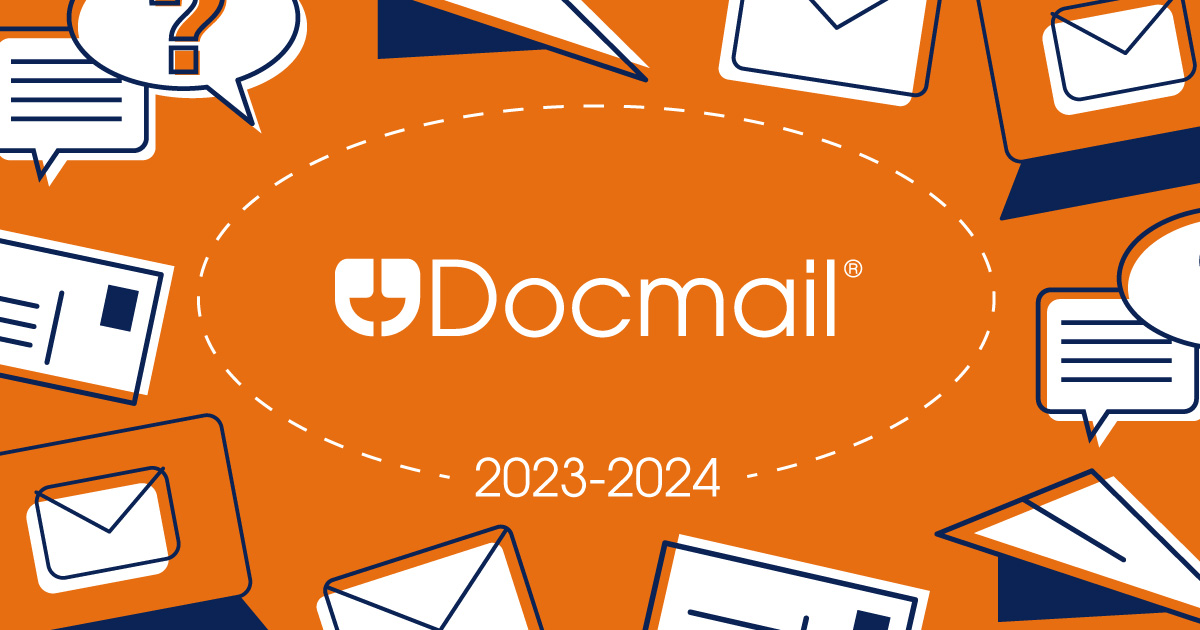







Docmail, saving valuable time and money while supporting the NHS Long Term Plan, across 110 surgeries and a combined 1 million patient cohort.